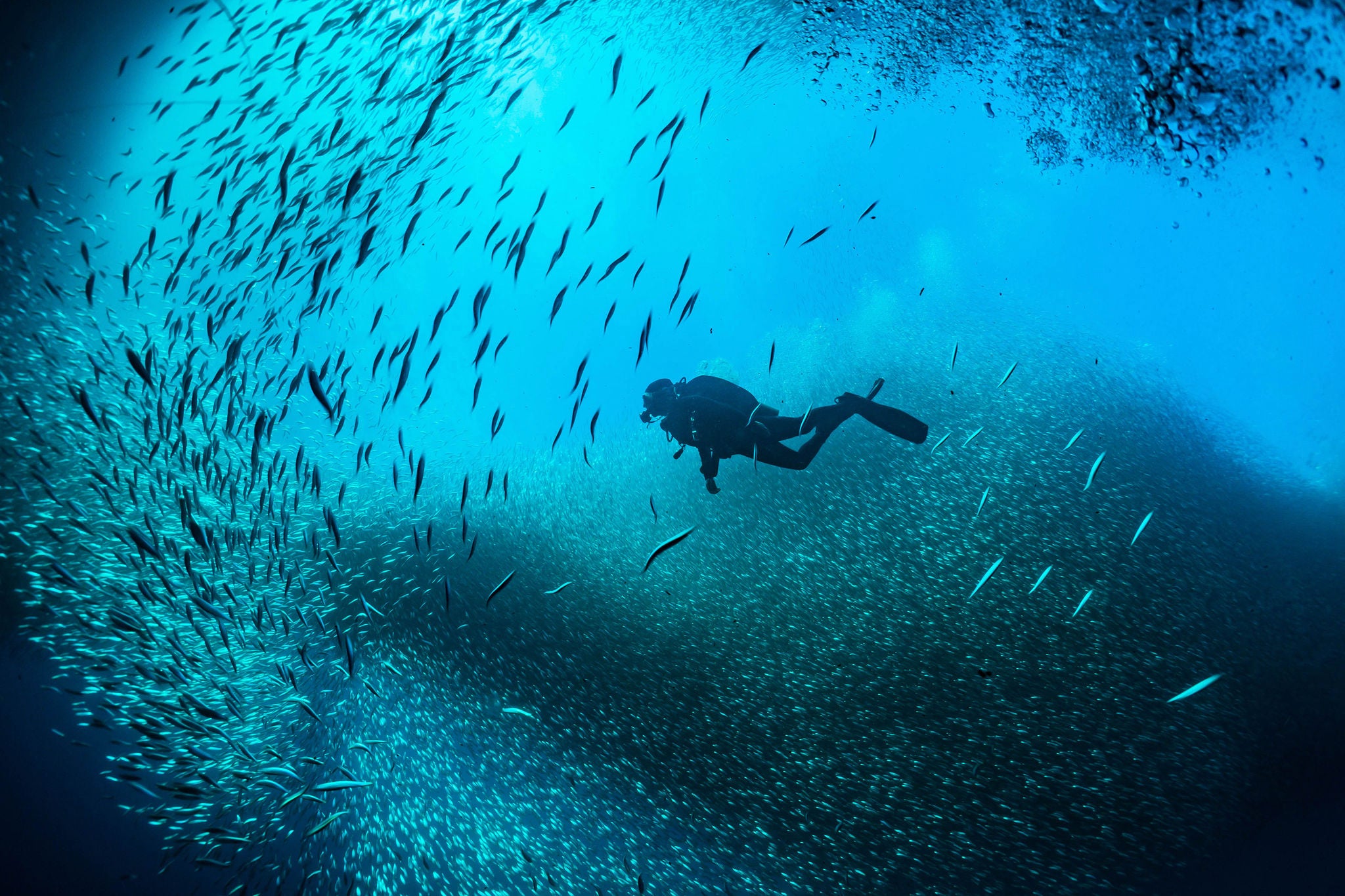EY refers to the global organization, and may refer to one or more, of the member firms of Ernst & Young Global Limited, each of which is a separate legal entity. Ernst & Young Global Limited, a UK company limited by guarantee, does not provide services to clients.
Virtual event - Watch on demand
Increased competition and a volatile global trade
For the seafood industry, global trade and export to distant markets may face increasing challenges going forward. Not only do we see protectionist discriminatory interventions, such as toll barriers and break up of Trade Agreements and Unions, there is also an all-time high number of armed conflicts and new logistical challenges brought on by Covid-19 that underline the vulnerability of global trade.
We observe an increasing consciousness and awareness about sustainability and preventive health. This awareness affects the whole value chain and not just aqua farming. The latter has been experiencing volume constraints due to biological challenges, regulations and a need for technical development.
Combined this may lead to structural implications in the location of production — potentially making land-based aquaculture, close to consumers, a more compelling option, together with the offshore opportunities, with its biological improvements.
Growing world population with hunger for Norwegian fish
The positive megatrends in this industry undoubtedly attract new players in the market. However, we believe that Norwegian aquaculture has a golden opportunity to continue to evolve as the world’s primary cluster.
Once again, we observe growth:
- The sea farming subsegment experienced record-high revenues, predominantly explained by the increase in the number of grow-out seawater licenses and improved utilization of the maximum allowed biomass
- Well-boats continue to reap super profit, but one of the surprises in this year’s analysis is the subsegment transportation on sea shows a negative EBITDA effect, the first observation with negative development in a decade
- A continuing trend is indicated of companies using Mergers and acquisitions (M&A) as a way of growing the top line through strengthening product offerings and market position
- Enhanced focus on biology and fish health in the sea farming industry has led to an extraordinary growth for the feed subsegment
The combination of international potential and a world-leading starting point makes this opportunity unique on a Norwegian scale. But will Norwegian aquaculture be able to keep ahead of competition toward 2040? The answer is: It depends.
Download The Norwegian Aquaculture Analysis 2020 and learn about the potential success factors – and the potential pitfalls ahead.
The quality of The Norwegian Aquaculture Analysis was acknowledged, winning The Hallbars Awards 2020 for Sustainability Reports in category in Category E08 Audit Firms. A total of 702 reports from 78 countries participated in the competition for the Food and Drink sector.

